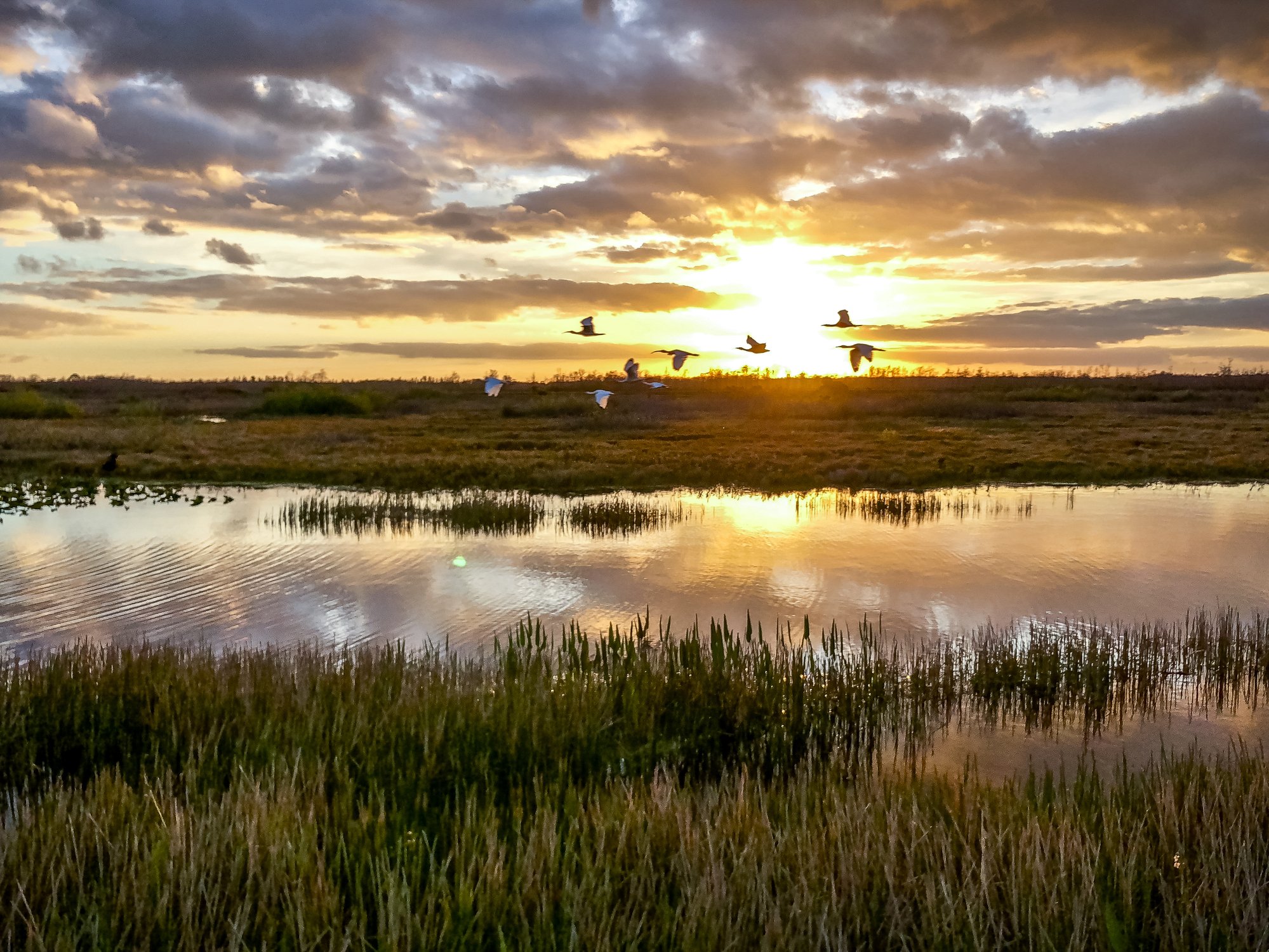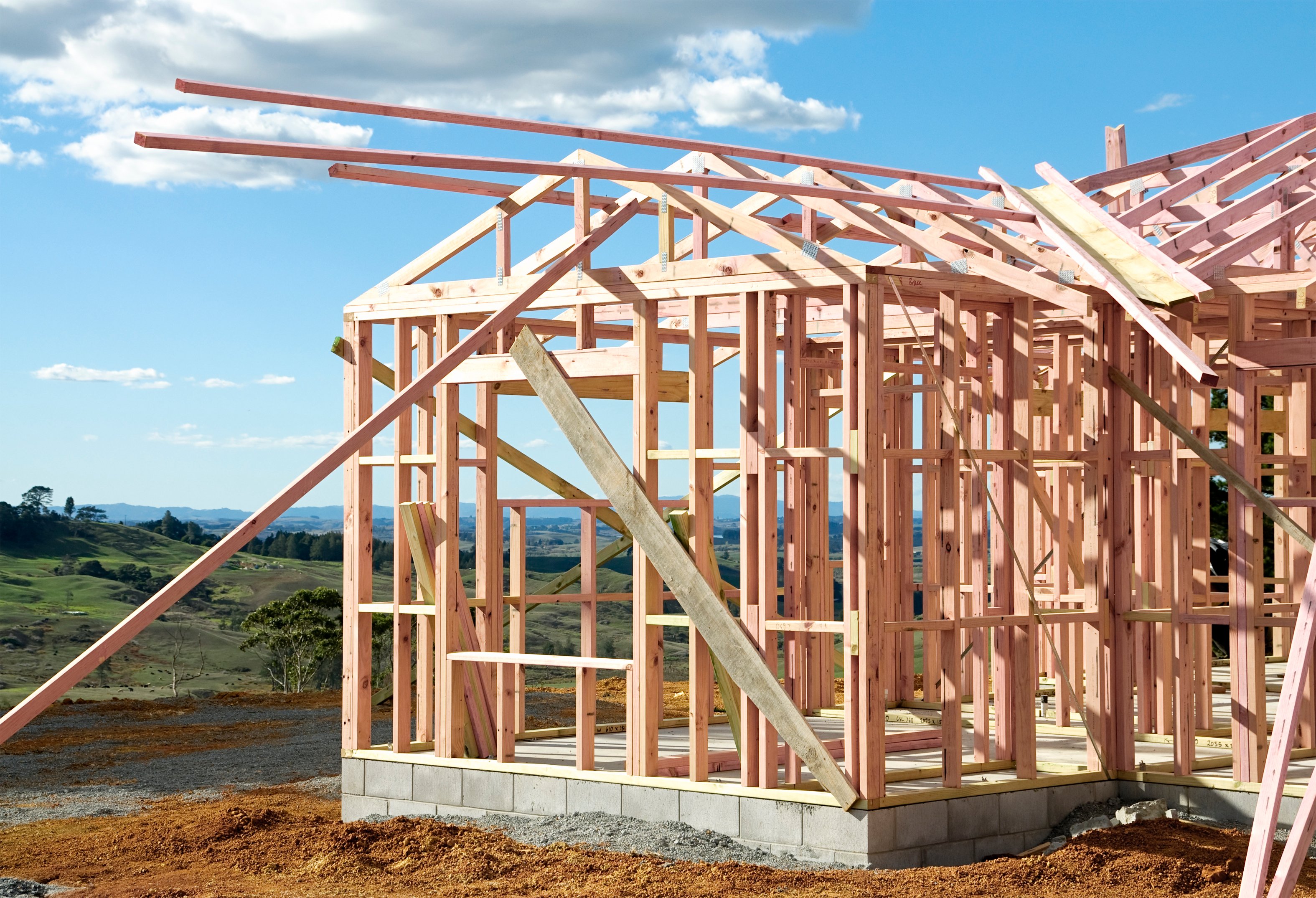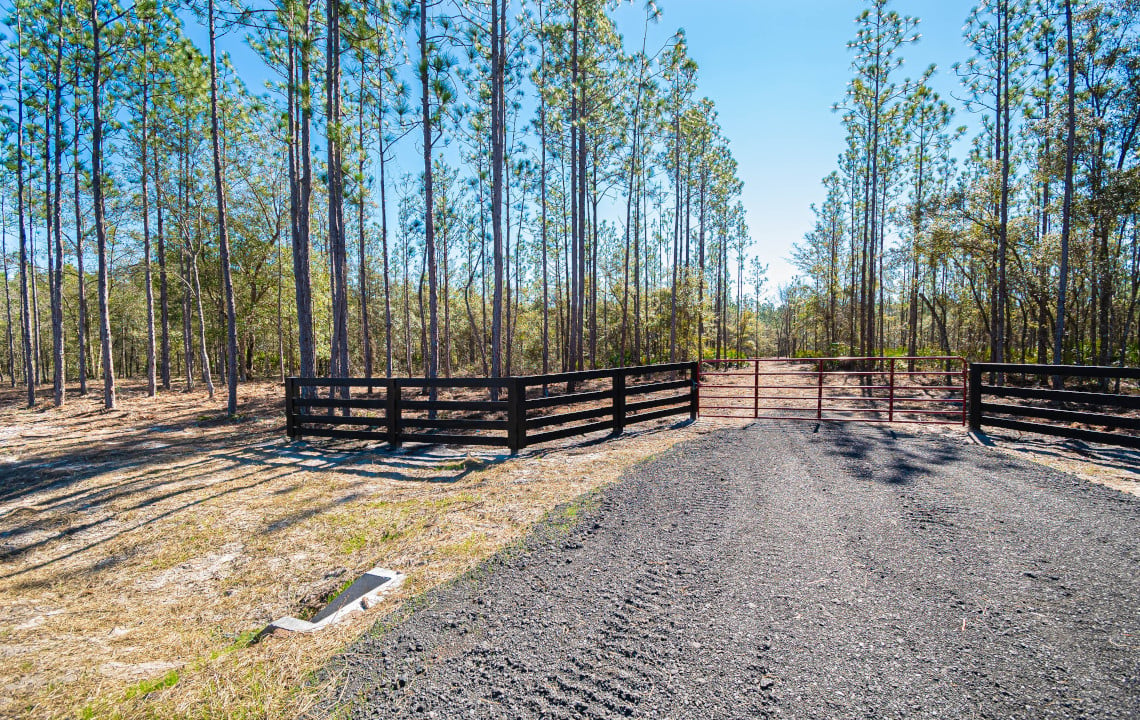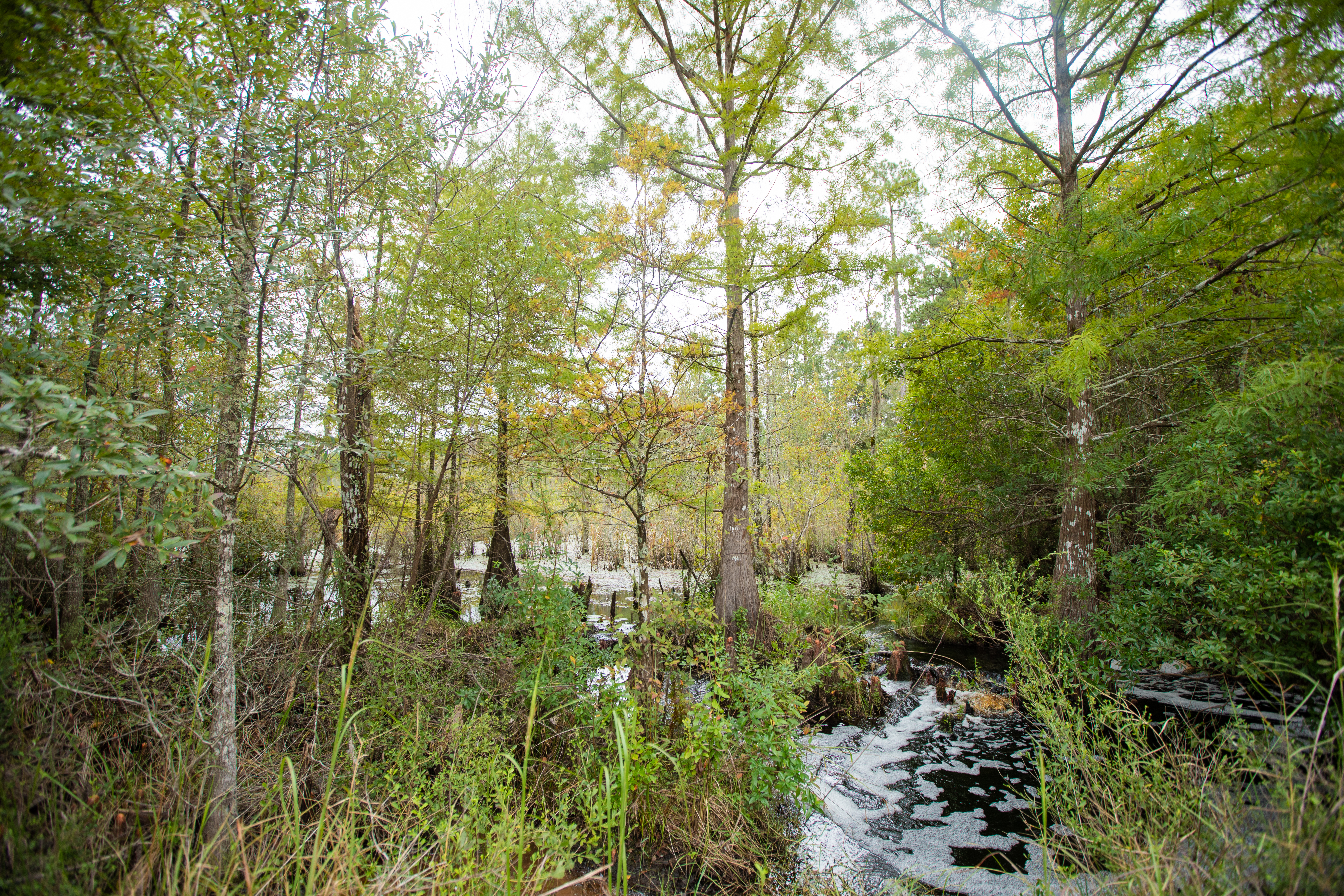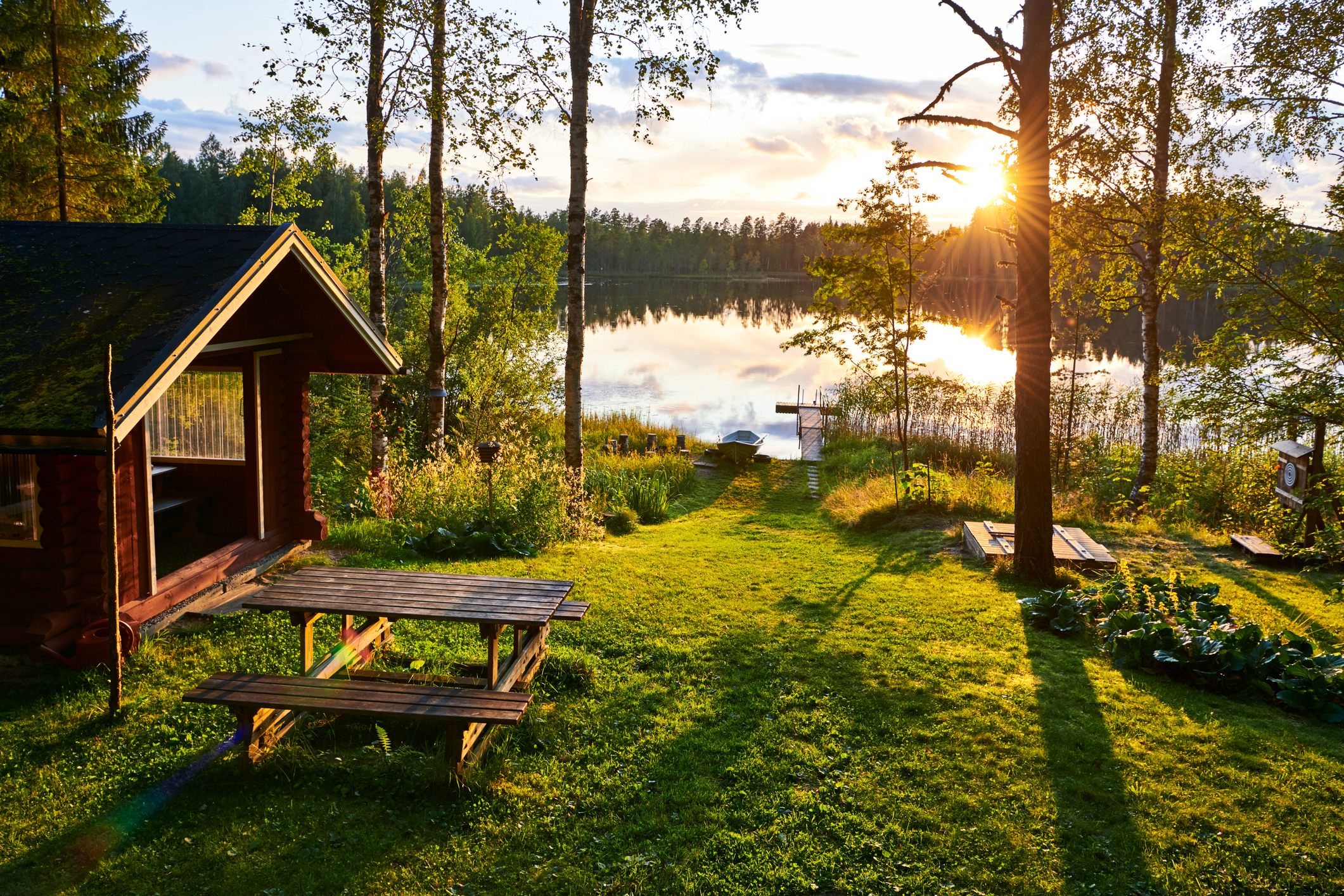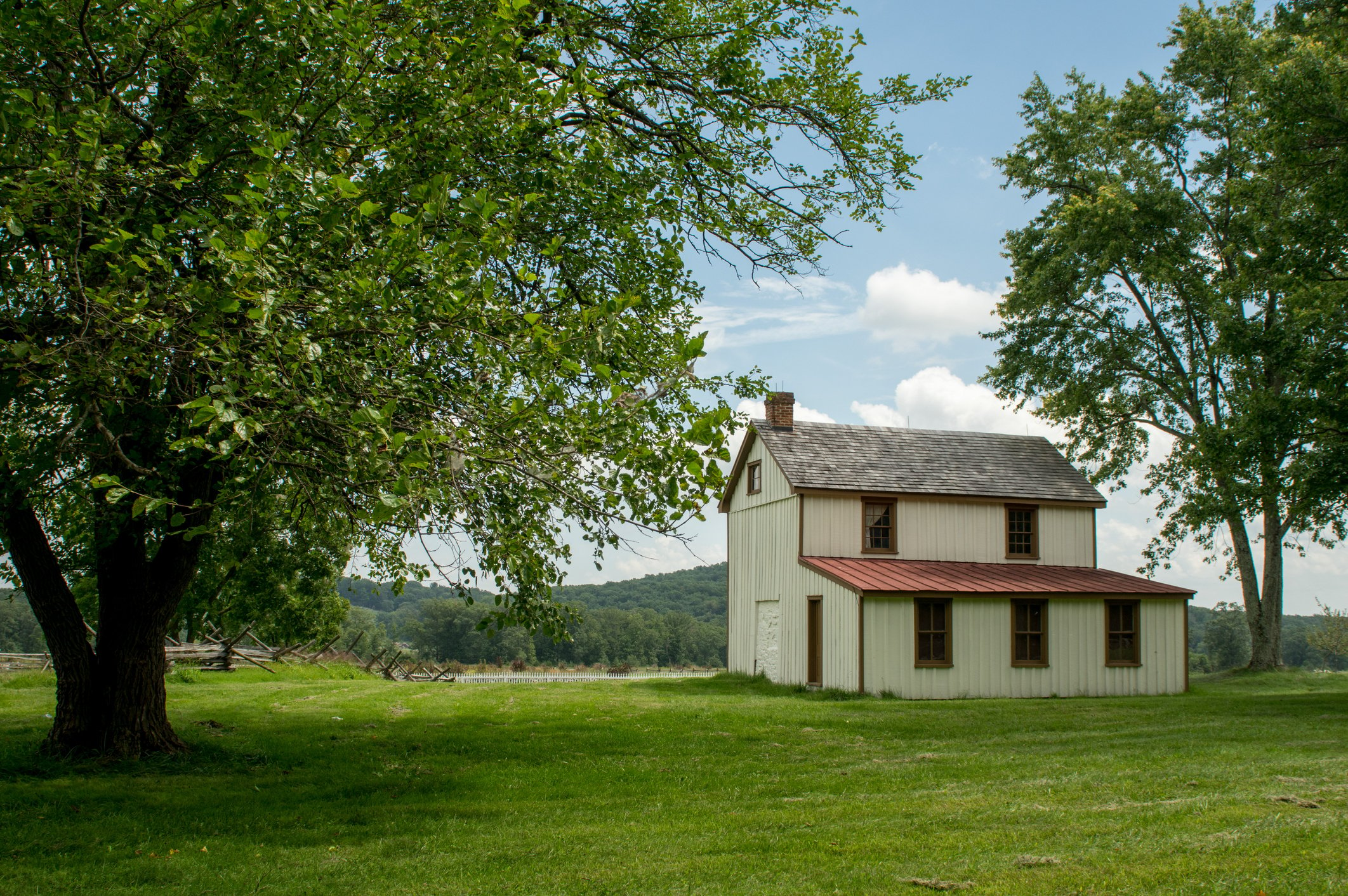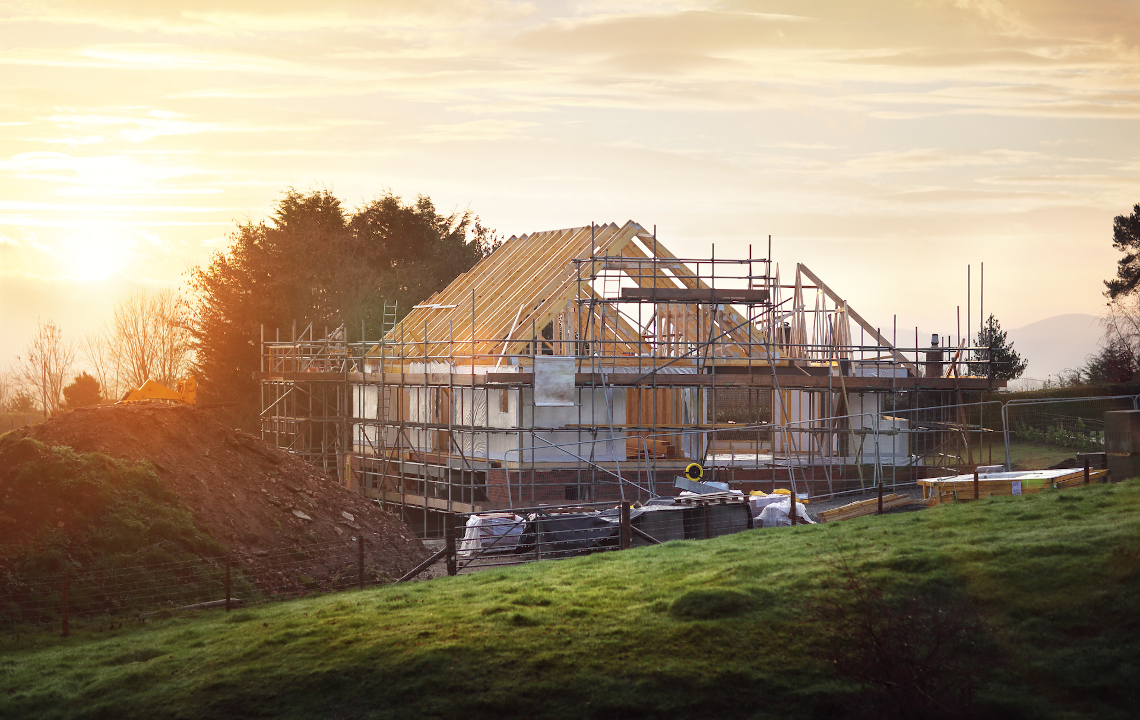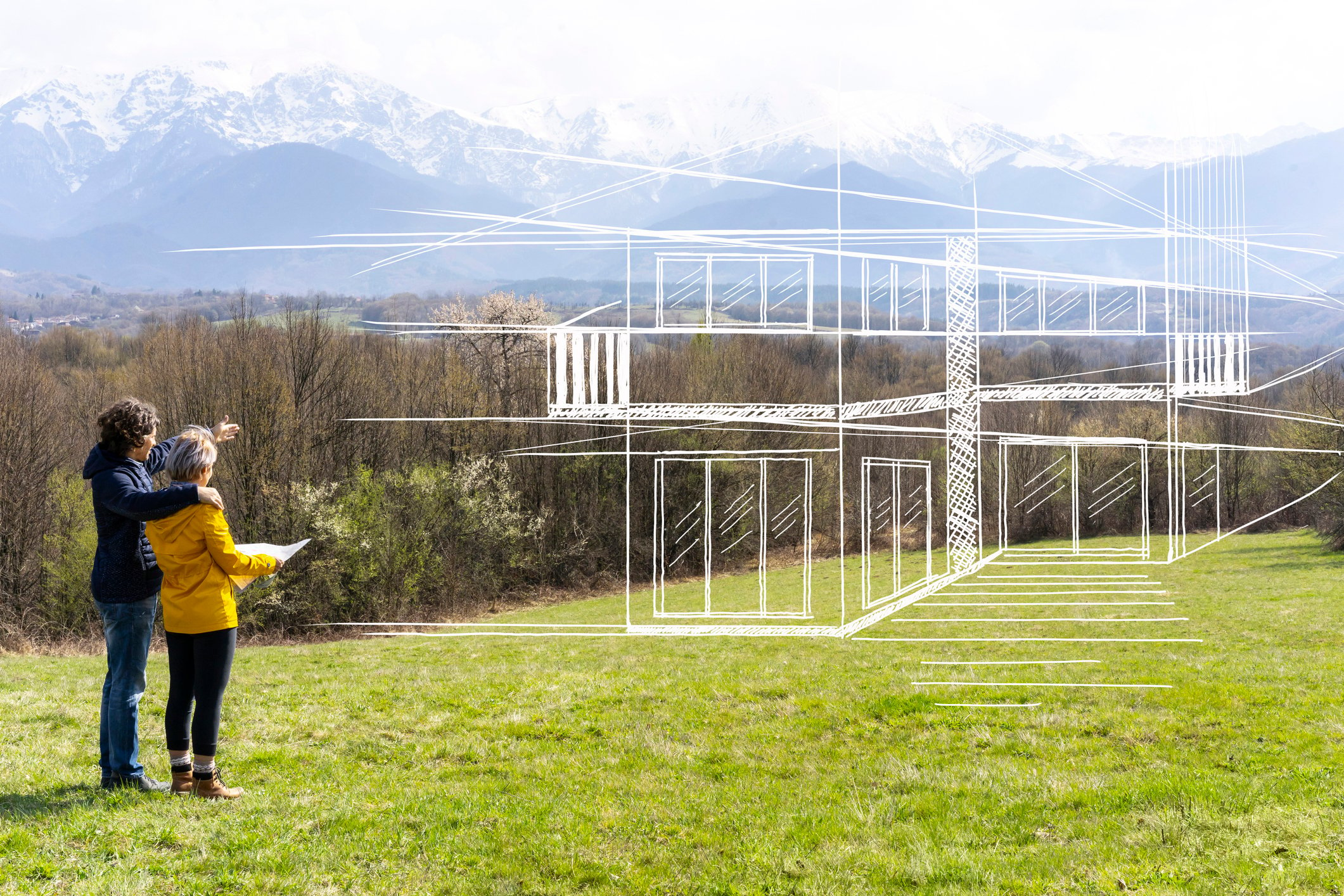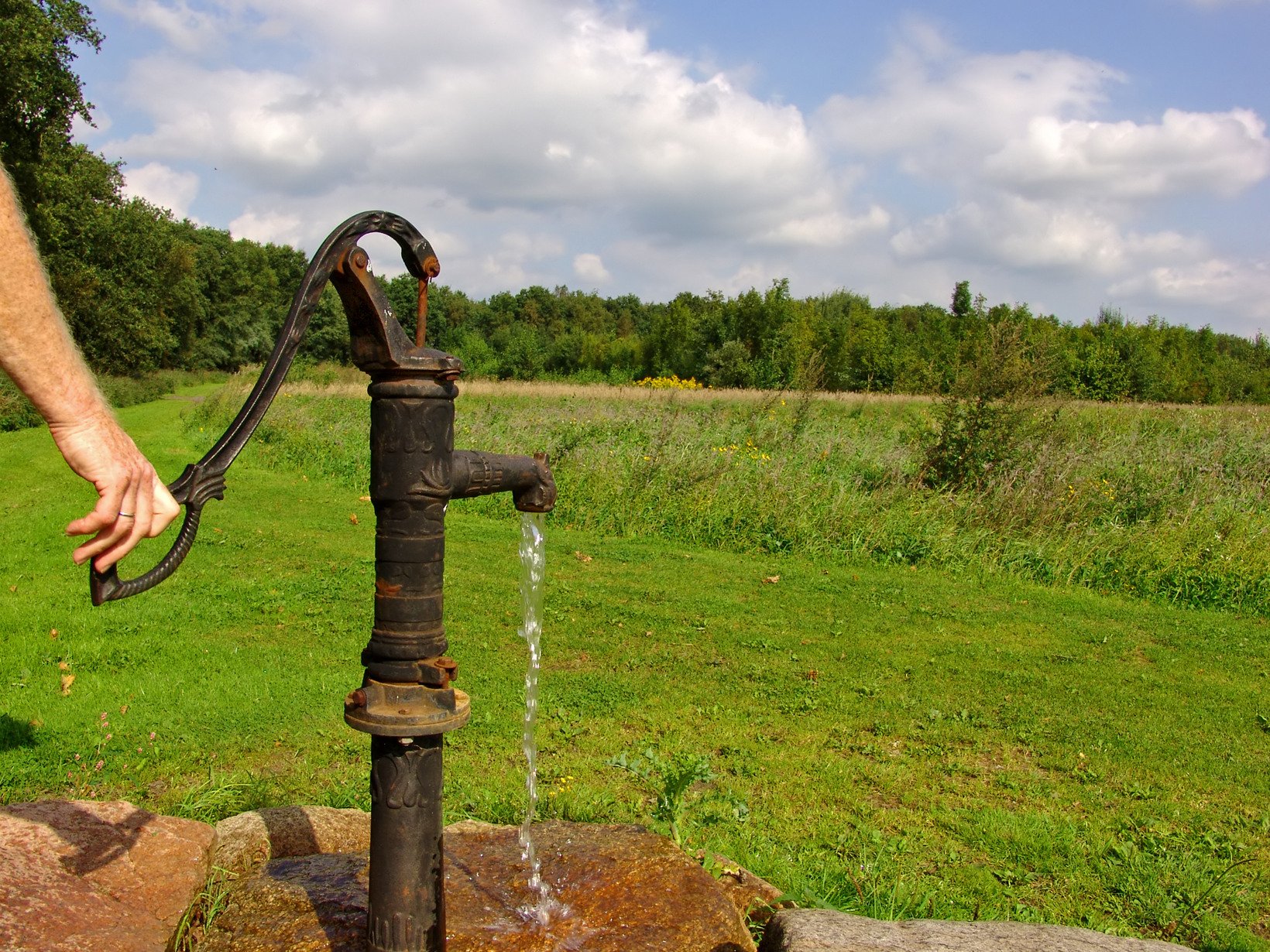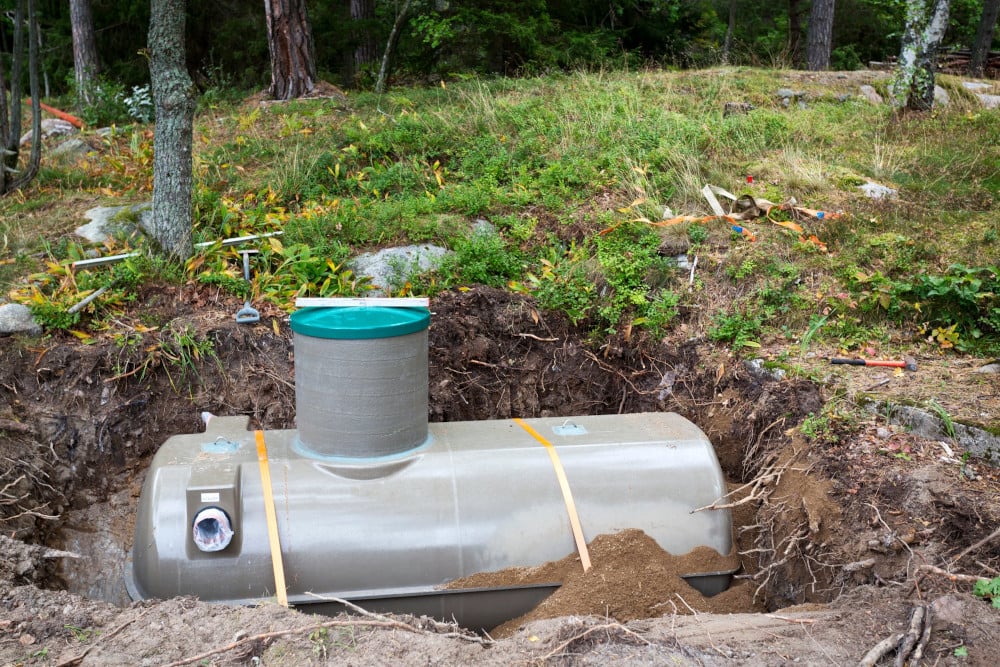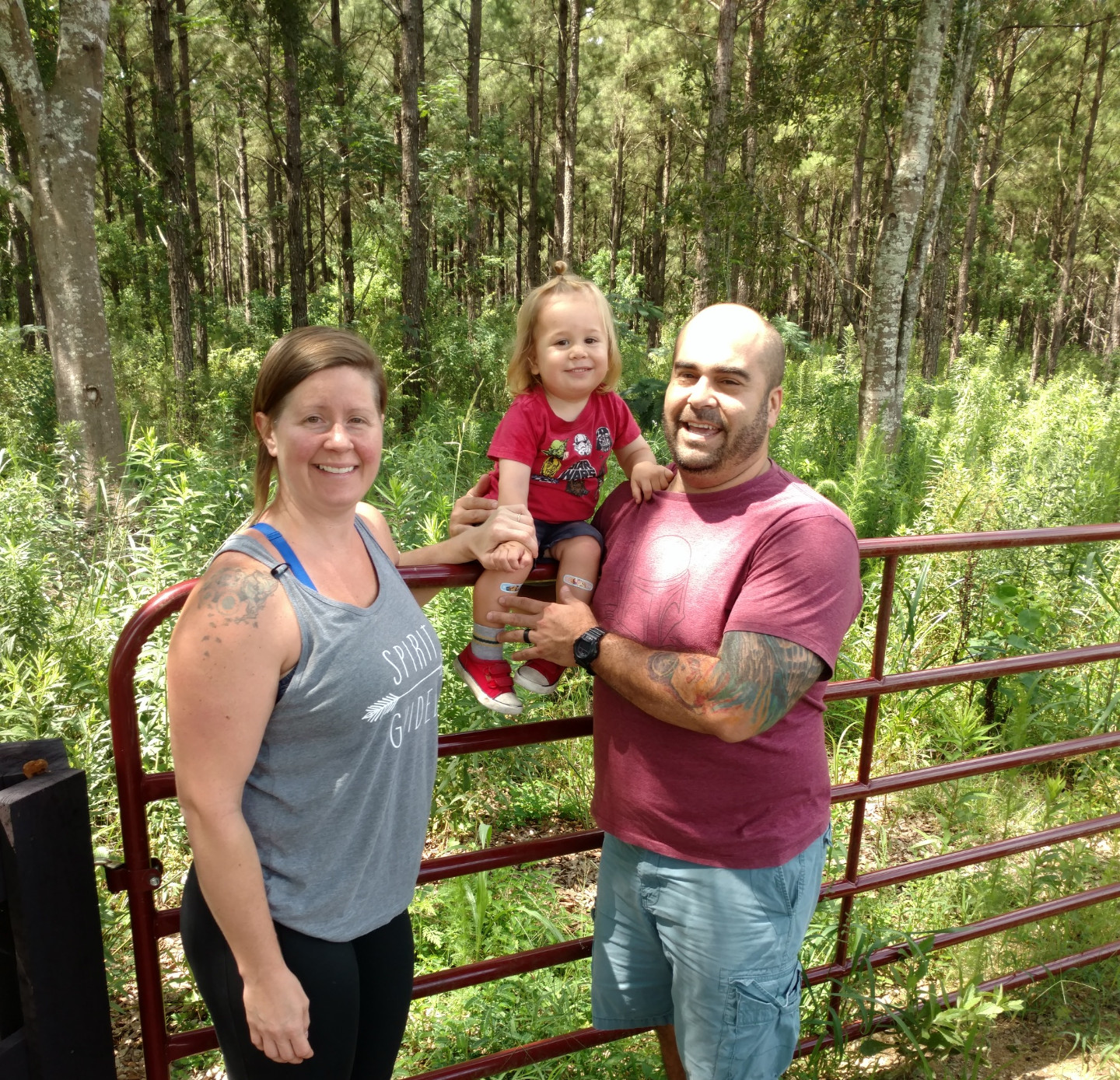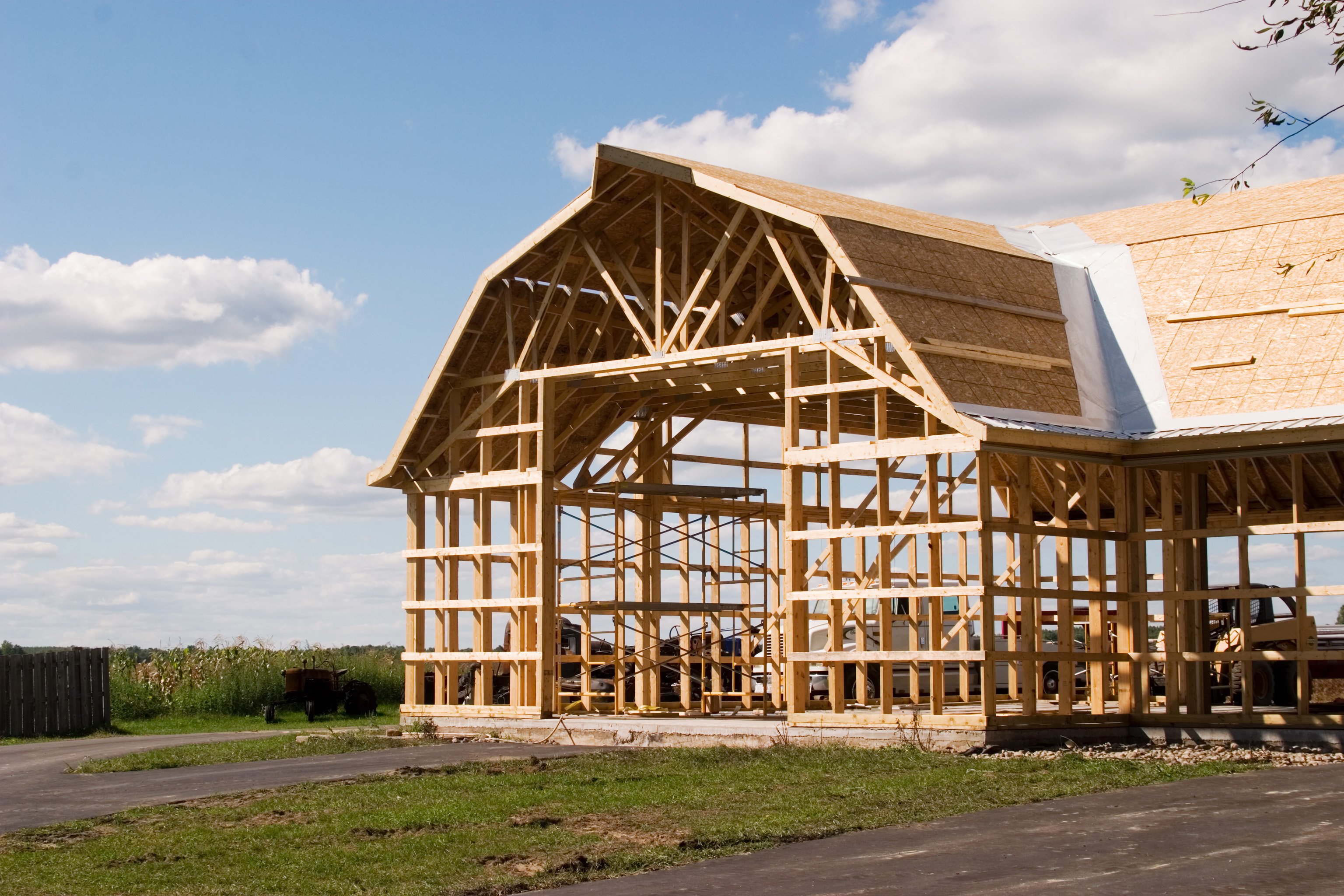Looking for high-speed internet in a rural area? Even in the country, there are options. We review four of the best methods to get connected in the country.
The internet has become such an important part of everyday life, the lack of a reliable internet connection can be a real barrier to those looking to move to rural land. Even for country-dwellers seeking a simpler life, high speed Internet is essential for telecommuting to work, running a small business, or making sure kids keep up on schoolwork.
It’s true there is a chasm between urban and rural areas when it comes to internet access: According to the Federal Communications Commission’s Fourteenth Broadband Deployment Report (2021), in 2019 approximately 9 million rural-dwelling Americans lack access to high-speed services (fixed terrestrial broadband of 25/3 Mbps)—that’s approximately 17% of Americans in rural lands compared to 1% of Americans in urban settings.
While companies like Microsoft and AT&T are making widespread, high-speed a rural reality, you need to log on now. Start by checking out the National Telecommunications and Information Administration Broadband Need Map to determine if you’re in a dead zone. Many rural areas are, but that doesn’t mean your options are nil. Here are the pros and cons to some of the most readily available rural internet options.
1. Satellite
The Upside: It’s readily available. Virtually any homestead can access satellite internet.
The Players: There are two primary dish providers for rural internet access: HughesNet , Starlink and Viastat. While both offer plans starting at about $50 per month as of this writing, HughesNet recently increased the speed of its lowest-tier plan while holding steady on the cost.
The Downside: Satellite can experience high latency (the time it takes a page to load). Data caps can also be an issue, and if you’re not careful with usage you could be charged for going over or experience slower speeds.

2. Cellular
The Upside: Connecting through your cellphone provider using a cellphone or mobile hotspot device offers decent speeds without as many latency issues as satellite. This also enables you to connect multiple gadgets to the internet via a Wi-Fi connection for more than one user.
The Players: AT&T and Verizon are the big names in rural cellular internet service. Another option if your cellular connection is strong is a 4G Antenna, which offers unlimited high-speed service at a variety of price points.
The Downside: Even though the cost of data has dropped in recent years, this options can still be limited in coverage depending on where you live. You will need to check with you local provider to see if you have coverage in your area.
BONUS: At Home Hack
Complete with an unlimited AT&T data plan, the ZTE Mobley is just over $20 per month. It’s designed to use in your car, but you can purchase an AC adaptor to plug into the wall and use the Mobley at home.
3. Fixed Wireless
The Upside: Fixed wireless bypasses phone or cable lines, using radio waves to connect an antenna fixed to the outside of your house to land-based towers. The signal doesn’t have as far to travel as a satellite connection, so speeds can be faster and latency lower. There also typically aren’t the data caps that are common in cellular plans.
The Players: There are approximately 1,786 wireless internet service providers (WISPs) that offer fixed wireless service in the U.S. Broadband Now offers a fairly comprehensive list of the regions they cover.
The Downside: Plans and prices vary by states, as do outages and reliability of service. Line of site can also be an issue, interrupting service if the path between antenna and tower isn’t clear.

4. Dial-Up
The Upside: Dial-up operates on the same line as your home phone. If you still use a landline, and are looking for cheap (sometimes free), widely available internet, dial-up may be a good option. Internet Services Providers offers a comprehensive list of those companies still offer this option.
The Players: Call your local phone company and/or Internet Service Provider to inquire about dial up options in your area.
The Downside: Slow connection speeds are the primary drawback. Don’t expect to stream video or run your business using a dialup connection. For the occasional Web surfer, though, it may be the most economical option.
How do you connect to the internet in the country? Share your tips in the comments below.






